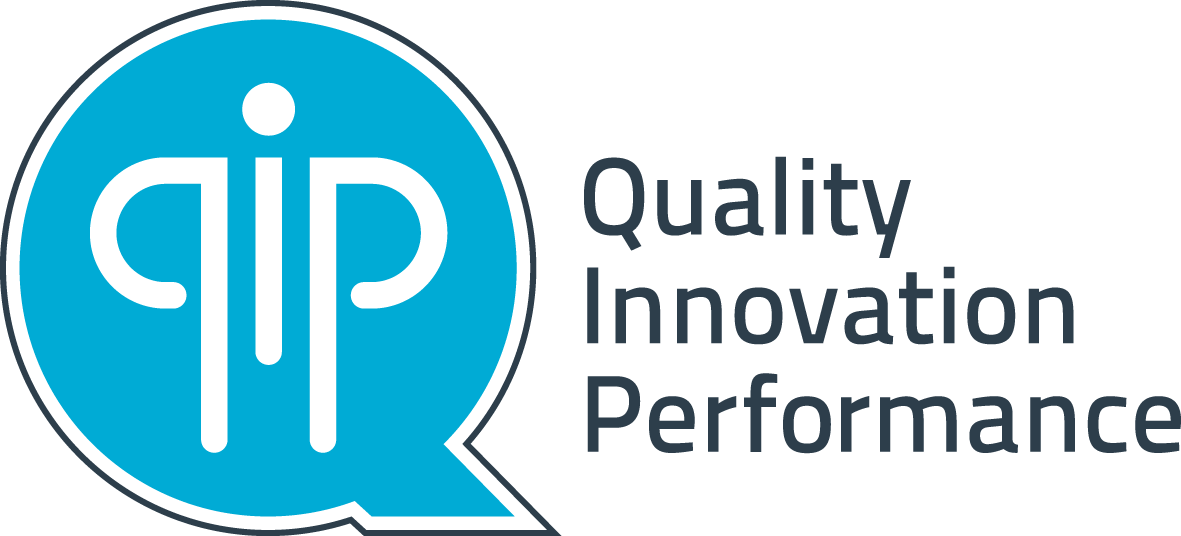Latest news

Understanding the Accreditation Process: Recap of the Final Webinar in the Series
We recently hosted our third webinar in a series designed to help organisations understand the accreditation process under the new National Safety and Quality Primary and Community Healthcare Standards (Primary and Community Healthcare Standards). The webinar, led by Shirlee Nichols, National Manager of Clinical Services at QIP, provided a comprehensive overview of the accreditation journey.
A quick recap of the standards
The Primary and Community Healthcare Standards are aligned with the National Safety and Quality Health Service (NSQHS) Standards in structure and intent, and are evidence-based, having undergone rigorous review and sector consultation. The Primary and Community Healthcare Standards consist of three standards: Clinical Governance, Partnering with Consumers, and Clinical Safety, encompassing a total of 65 actions.
Value of accreditation
Accreditation under the Primary and Community Healthcare Standards is crucial for ensuring safe and high-quality healthcare. It builds consumer confidence, attracts an engaged workforce, manages risk, builds innovation, supports continuous quality improvement, and builds excellence. Accredited organisations benefit from streamlined clinical care processes, improved patient experiences, reduced treatment variability, cost reduction, and compliance with regulatory requirements.
Preparing for accreditation
Preparation is key to a successful accreditation process. The initial step is to determine whether accreditation is mandatory for your organisation. For those not required to be accredited, it remains a valuable voluntary process. Organisations must choose an assessment model, complete a self-assessment, and undergo the accreditation assessment.
Models of assessment
The webinar detailed three models of assessment:
- Desktop Assessment: Suitable for low-acuity, low-risk services, involving a document review only. It is a two-year accreditation cycle.
- Virtual Assessment: Includes observations of location and interviews via a virtual platform. It combines desktop and virtual review and is a three-year accreditation cycle.
- Onsite Assessment: Involves in-person observations and interviews, inspecting documents, equipment, and facilities. This model is also for three years and allows for unlimited accreditation cycles.
The assessment process
The assessment process involves several steps:
- Registration: Organisations provide details to QIP to set up processes. Registration is typically one year from the date of payment.
- Self-Assessment: This proactive evaluation helps identify strengths, weaknesses, and areas for improvement. It involves reviewing accreditation criteria, evaluating performance, developing action plans, and seeking feedback from staff and consumers.
- Pre-Planning: Involves working with QIP’s client liaison officers to prepare for the assessment. This phase includes confirming applicable actions, selecting an assessment team, and confirming the timetable.
- Assessment: The submission of evidence material against each standard, followed by the assessment team’s evaluation. Onsite assessments include entry and exit meetings to discuss progress and areas for improvement.
- Decision: Based on the evidence provided, an independent decision is made regarding accreditation. Organisations have a 60-day period to address any deficiencies identified.
- Monitoring: Continuous quality improvement is encouraged throughout the accreditation cycle. Organisations are encouraged to utilise QIP’s resources, attend webinars, and implement feedback mechanisms to maintain and improve standards.
Support and resources
QIP offers extensive support to organisations throughout the accreditation process. This includes a dedicated client liaison team, access to the online Accreditation Hub, and various educational resources. The Accreditation Hub provides a centralised platform for managing documentation, preparing action plans, and maintaining compliance status.
For those who missed the webinar or would like to revisit the information, you can watch the full webinar here. Stay tuned for future webinars and updates to support your accreditation journey.




